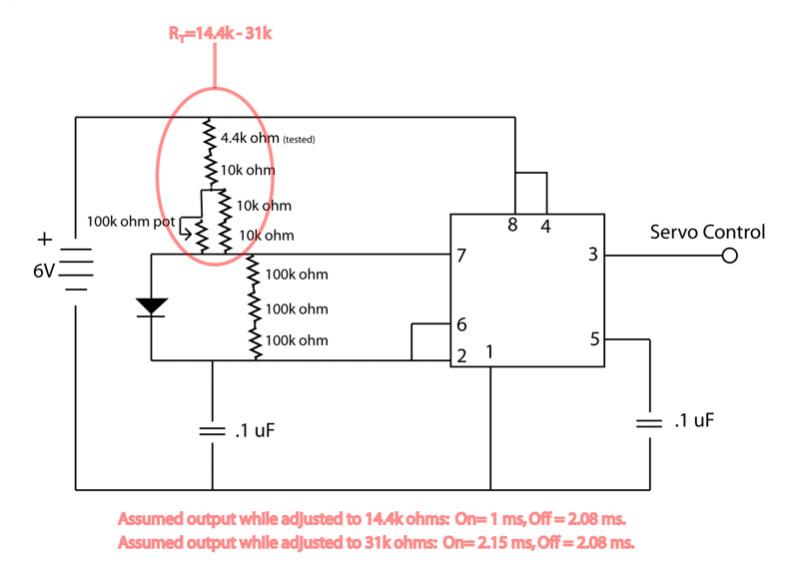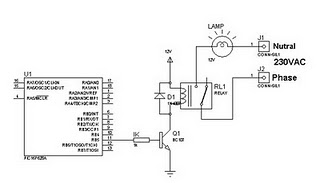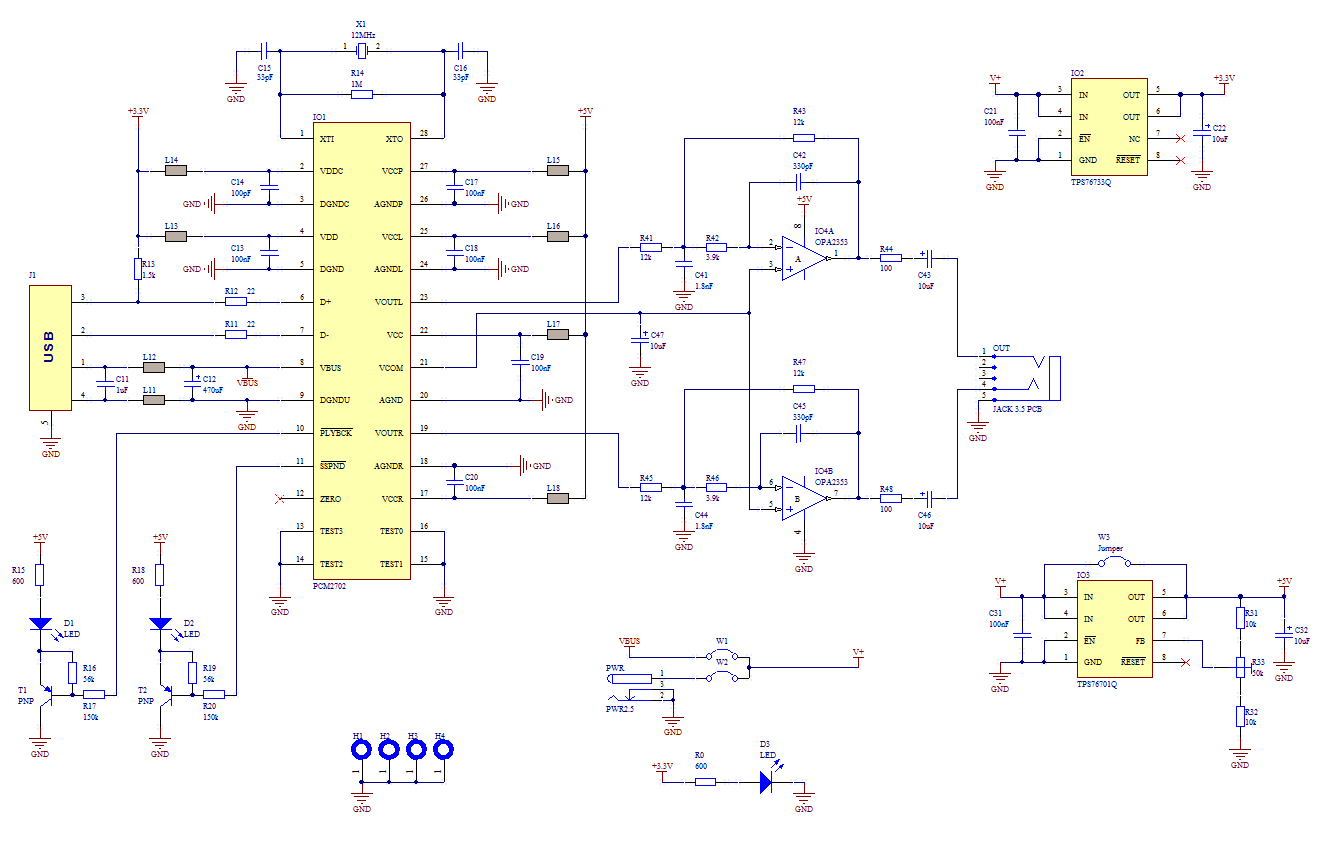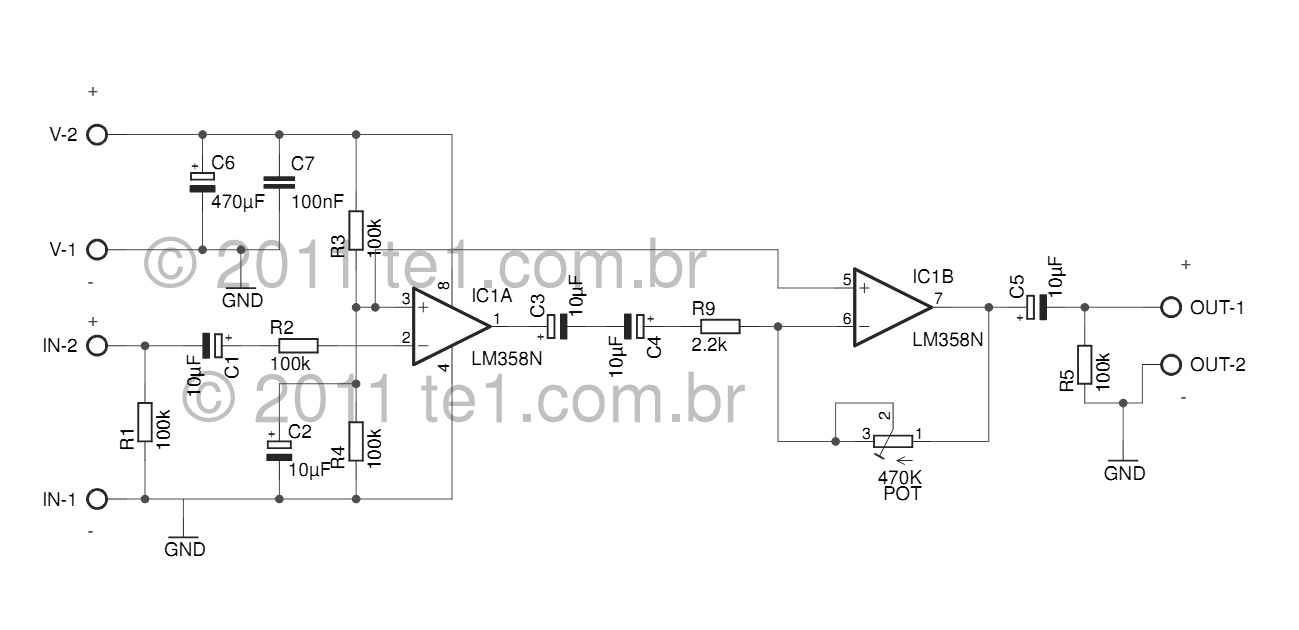
audio tone control with 2 transistor
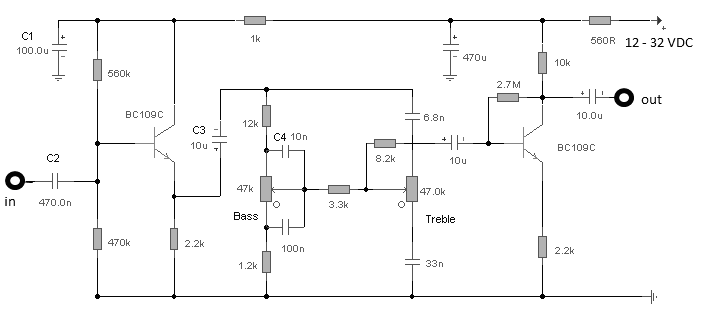
The first BC109C transistor functions as a buffer, offering the circuit an input impedance of approximately 250,000 ohms and a voltage gain just below unity. As the Baxandall tone control circuit is a passive design, it attenuates all audio frequencies. The adjustment of the controls and the ballast capacitor modifies the audio response. The final transistor provides a modest increase of about three times. The output is intended to connect to an amplifier with an input impedance ranging from 10k to 250k ohms. Both tone controls should utilize linear potentiometers.
The circuit employs a BC109C transistor as a buffer stage, crucial for maintaining high input impedance while ensuring minimal signal distortion. This transistor configuration is designed to have an input impedance of approximately 250,000 ohms, which allows it to interface seamlessly with various audio sources without loading them down. The voltage gain is slightly less than unity, ensuring that the signal level is preserved without amplification, making it ideal for use in tone control applications.
The Baxandall tone control circuit is characterized by its passive nature, meaning it does not amplify the signal but instead shapes the tonal quality by attenuating specific frequency ranges. This is achieved through the use of passive components such as resistors and capacitors. The tone control adjustments are made through linear potentiometers, which provide a smooth and predictable response when altering bass and treble levels.
The ballast capacitor plays a significant role in shaping the audio response by affecting the frequency at which the tone controls operate. By adjusting the position of the controls and the value of the ballast capacitor, users can tailor the audio output to suit their preferences, allowing for enhanced control over the tonal characteristics of the audio signal.
The final transistor stage in the circuit is designed to provide a modest gain of approximately three times, which is suitable for driving an amplifier. The output stage is configured to feed an amplifier with an input impedance that ranges from 10k to 250k ohms, ensuring compatibility with a wide variety of audio amplification systems. This flexibility makes the circuit an effective solution for integrating tone control into various audio applications.
Overall, the design emphasizes high input impedance, passive tone control, and compatibility with standard amplifier input impedances, making it a versatile choice for audio engineers and enthusiasts seeking to enhance their audio systems.The first BC109C transistor acts as a buffer. It provides the circuit with an input impedance of around 250 000 has a voltage gain of slightly less than unity. As Baxendall tone control circuit is a passive design, all audio frequencies are attenuated. The position of the controls and the ballast capacitor alters the audio response. The last trans istor provides a slight increase of about 3 times. The output is designed to feed an amplifier with an input impedance of 10k to 250k. Both tone controls should be linear potentiometers type. 🔗 External reference
The circuit employs a BC109C transistor as a buffer stage, crucial for maintaining high input impedance while ensuring minimal signal distortion. This transistor configuration is designed to have an input impedance of approximately 250,000 ohms, which allows it to interface seamlessly with various audio sources without loading them down. The voltage gain is slightly less than unity, ensuring that the signal level is preserved without amplification, making it ideal for use in tone control applications.
The Baxandall tone control circuit is characterized by its passive nature, meaning it does not amplify the signal but instead shapes the tonal quality by attenuating specific frequency ranges. This is achieved through the use of passive components such as resistors and capacitors. The tone control adjustments are made through linear potentiometers, which provide a smooth and predictable response when altering bass and treble levels.
The ballast capacitor plays a significant role in shaping the audio response by affecting the frequency at which the tone controls operate. By adjusting the position of the controls and the value of the ballast capacitor, users can tailor the audio output to suit their preferences, allowing for enhanced control over the tonal characteristics of the audio signal.
The final transistor stage in the circuit is designed to provide a modest gain of approximately three times, which is suitable for driving an amplifier. The output stage is configured to feed an amplifier with an input impedance that ranges from 10k to 250k ohms, ensuring compatibility with a wide variety of audio amplification systems. This flexibility makes the circuit an effective solution for integrating tone control into various audio applications.
Overall, the design emphasizes high input impedance, passive tone control, and compatibility with standard amplifier input impedances, making it a versatile choice for audio engineers and enthusiasts seeking to enhance their audio systems.The first BC109C transistor acts as a buffer. It provides the circuit with an input impedance of around 250 000 has a voltage gain of slightly less than unity. As Baxendall tone control circuit is a passive design, all audio frequencies are attenuated. The position of the controls and the ballast capacitor alters the audio response. The last trans istor provides a slight increase of about 3 times. The output is designed to feed an amplifier with an input impedance of 10k to 250k. Both tone controls should be linear potentiometers type. 🔗 External reference
